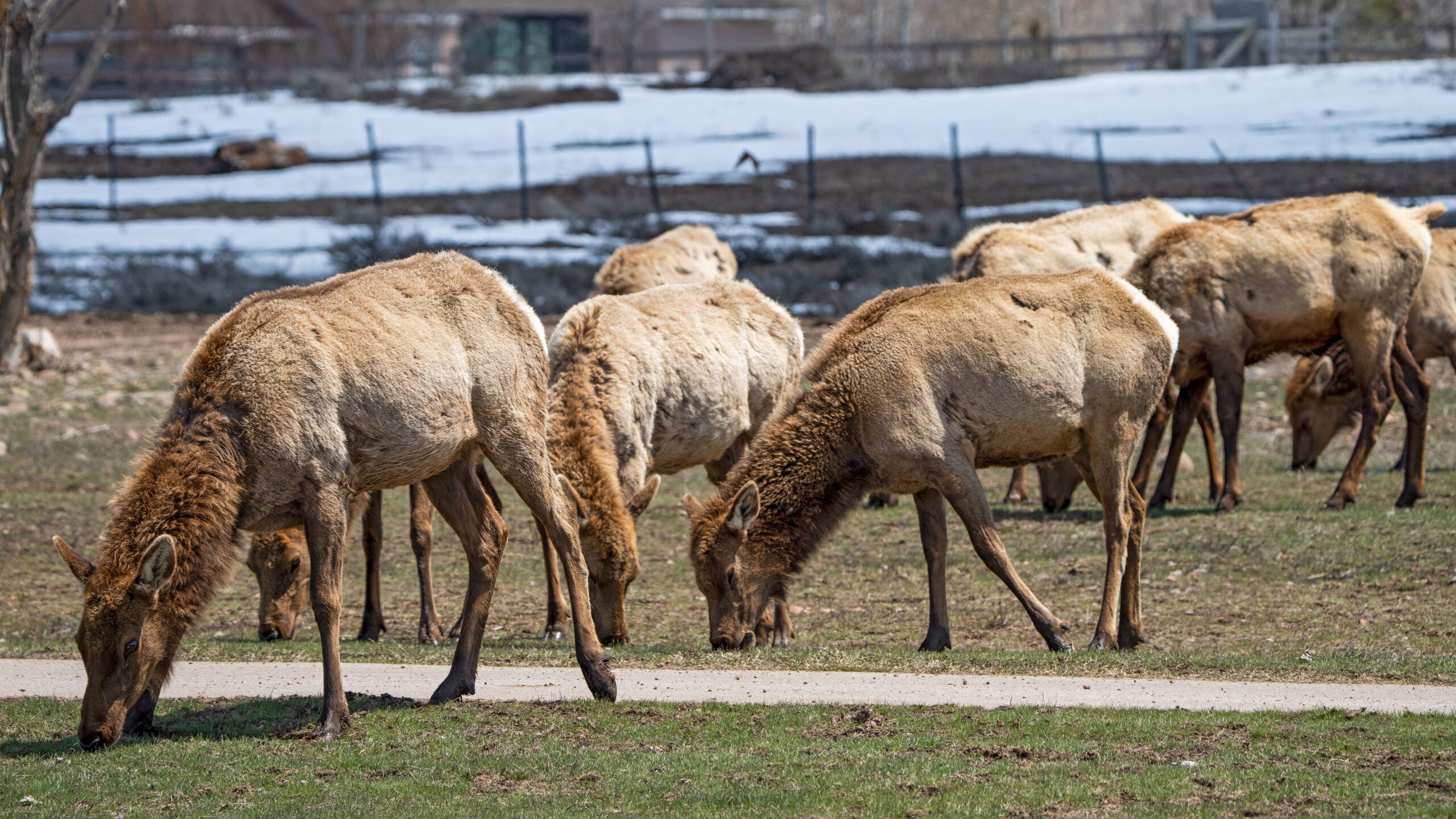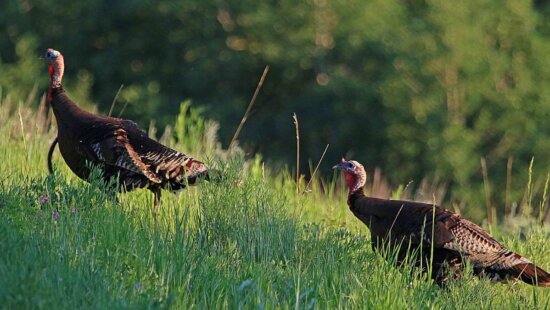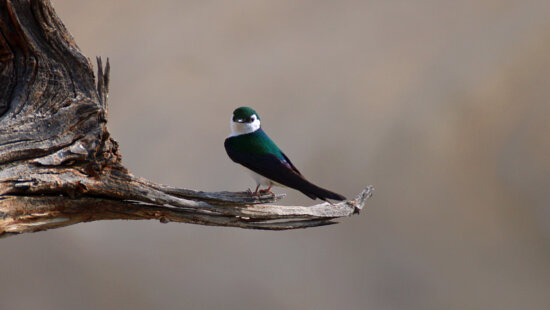Wildlife
DWR biologists ask Utahns to target these fish at three of the state’s water bodies
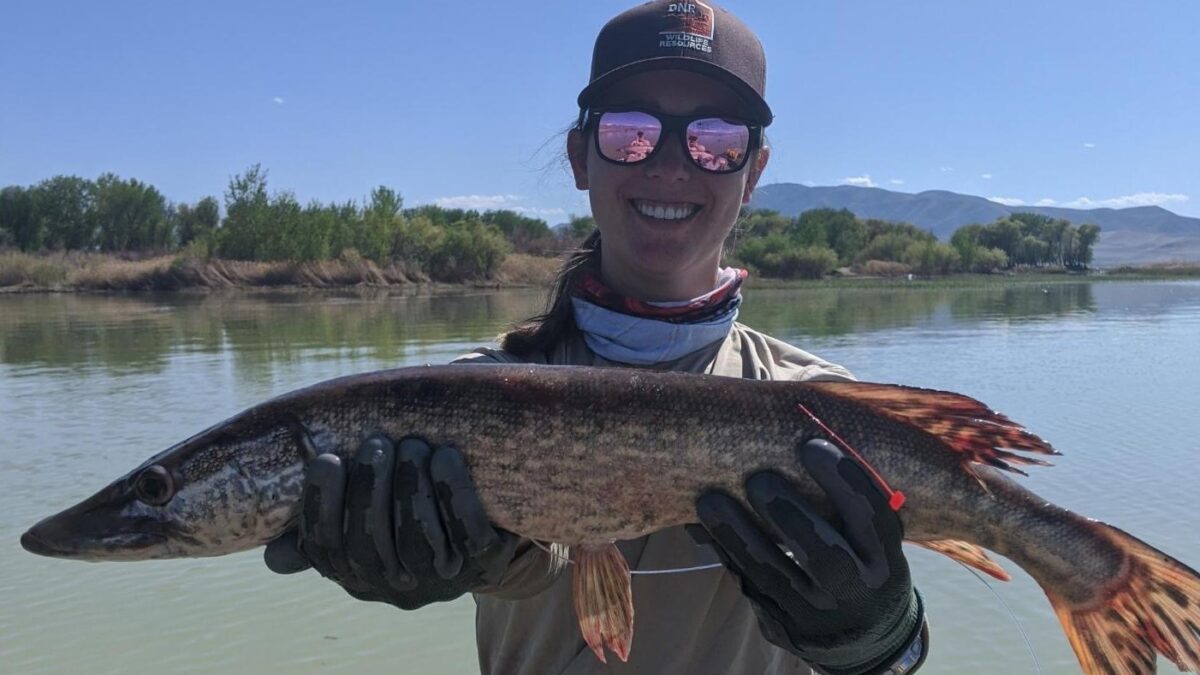
A DWR technician holding a tagged northern pike at Utah Lake Photo: Courtesy of Utah Division of Wildlife Resources.
UTAH — At the core of every fishery management plan is the harvest by anglers. Whether the goal is for a specific length class, weight class, or managing for another species’s benefit, having anglers manage populations through harvesting is vital in forming fishing regulations and determining stocking rates at individual water bodies. With that in mind, DWR is asking the public to target three fish species in three different water bodies.
In many cases, fish species are introduced to water bodies for anglers’ benefit or to target another species. The classic example is the battle between shad and largemouth bass. Threadfin shad can not handle cold winters, but gizzard shad can, so they are stocked in many places to provide a food source for many game fish. The problem arises in that they grow larger, to around 16 inches, and quicker than threadfin shad reaching sizes that are too large for largemouth bass to prey on. They also directly compete with juvenile bass for food. Biologists sometimes stock another predator to help control the population to counter the negative effects.
While not necessarily the case with the following fish that DWR is asking for anglers to target, the gizzard shad versus largemouth bass dynamic is an example of a water body’s interweaving food webs and aquatic ecology. Each fish has pros and cons, with the choices between being about the water body’s target and the path to achieving specific goals. This is to say that anglers can make a significant impact and are big parts of fisheries management.
Carp at Pelican Lake
The battle to restore Pelican Lake in Northeastern Utah as a bluegill and bass fishery has been ongoing for several years. Common carp have always been a part of the lake’s ecology, but there has been a dramatic increase in the adult population. Similar to the negatives of gizzard shad, common carp are only available as a food source for so long before outgrowing the capabilities of predators to eat. This has led to overpopulation that predators can’t control.
Common carp are omnivores feeding on aquatic plants, insects, mollusks, fish eggs, and other food sources. In large numbers, common carp can increase turbidity in the water through their rooting up substrate and thus reduce the clarity of the water. While this is a problem, they will compete with bluegill for food. In September 2022, DWR began rewarding anglers who harvest and turn in carp with reward tags.
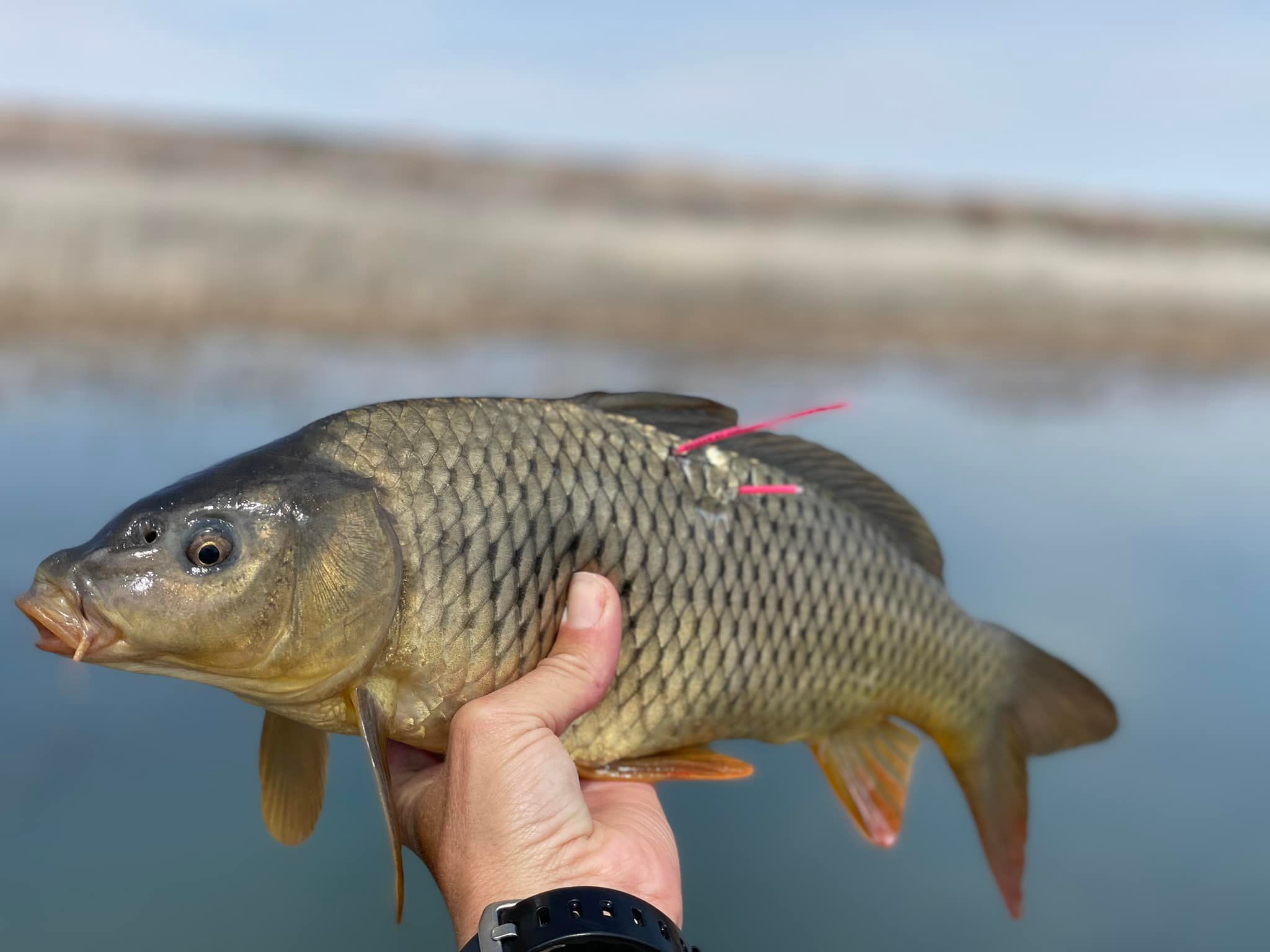
“Carp are highly problematic in an ecosystem like Pelican Lake because they directly compete with bluegill for food and can disrupt spawning nests,” Natalie Boren, a DWR Fisheries biologist, said. “The tags will help us with long-term data collection and harvest numbers, so please report any fish you catch with one of these pink tags. Every effort by anglers and bow-fishers to remove carp from this lake is beneficial for the fishery.”
Common carp can be targeted while ice fishing with the same baits and small jigs that are used to catch panfish and bass species. Bow fishing becomes a viable method when the weather begins to warm as carp will move into the shallows.
To report a tagged carp caught at Pelican Lake, call the DWR’s Northeastern Region Office at 435-781-9453.
Northern Pike at Utah Lake
The northern pike is a predatory species that reproduces rapidly and can significantly impact sportfish such as walleye, white bass, and yellow perch. The species was first detected in Utah Lake in 2011, and is considered invasive. Aside from the game fish impacts, Utah Lake and its tributaries are also home to the threatened June sucker only found in those waters. The June sucker was only downlisted from endangered in 2021.
DWR launched a study in 2020, asking anglers to report and release tagged northern pike caught in the lake. Northern pike was introduced illegally into Utah Lake; as a result, anglers who catch one that is not tagged are required to kill any pike they catch. The tagged fish have been implanted with GPS technology that can be used in the telemetry study. The tags are made of plastic and are red. The study is expected to run until 2025.
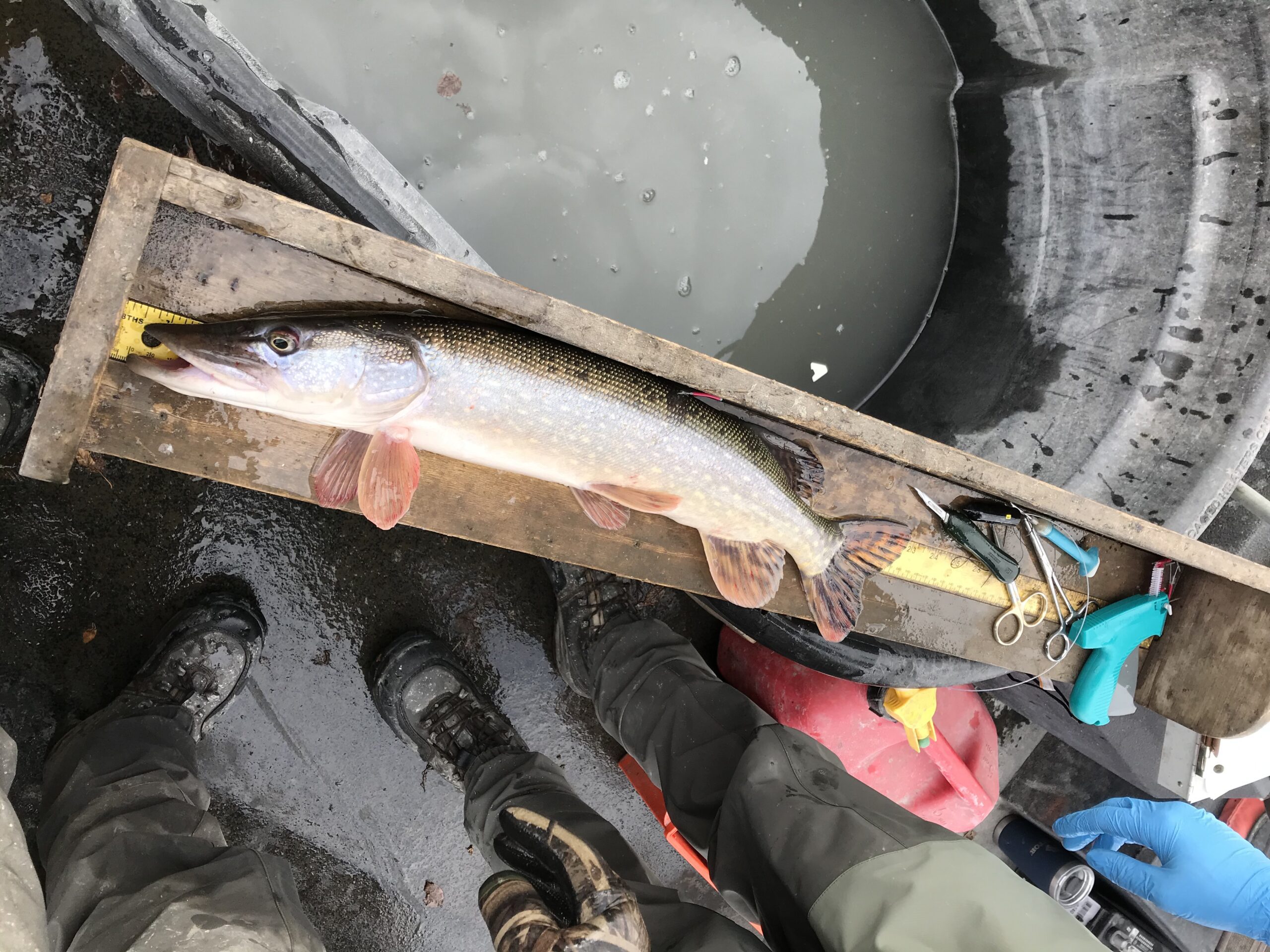
“We are asking anglers to release pike that have these tags because the transmitters that are in the fish enable us to track their movements,” Keith Lawrence, DWR Central Region native aquatics biologist, said. “Tracking their movements will help us develop a monitoring and control program for Northern pike in the future, which will help protect and manage both threatened June suckers and desirable sportfish.”
Anglers who catch a tagged fish should call DWR Kieth Lawrence at 801-960-5220 and provide the date caught, the exact location, and the tag number.
Small lake trout at Flaming Gorge
Flaming Gorge is known to produce large trophy lake trout and even some of the largest caught in the country. Currently, there are too many small trout, which could impact kokanee salmon and rainbow trout populations, the primary food source of the larger lake trout. DWR is asking anglers to keep any lake trout under 25 inches to combat the problem. The lake trout daily bag limit in Utah and Wyoming is 12, with only one exceeding 28 inches. Anglers can have two days worth of bag limits of trout less than 28 inches on them.
Beginning in the Fall of 2022, both the Utah Division of Wildlife Resources and Wyoming Fish and Game caught and tagged 540 lake trout less than 28 inches in length. The orange tags have identification and phone numbers to call and report the catch. Some of the tags will carry a reward of up to $50.
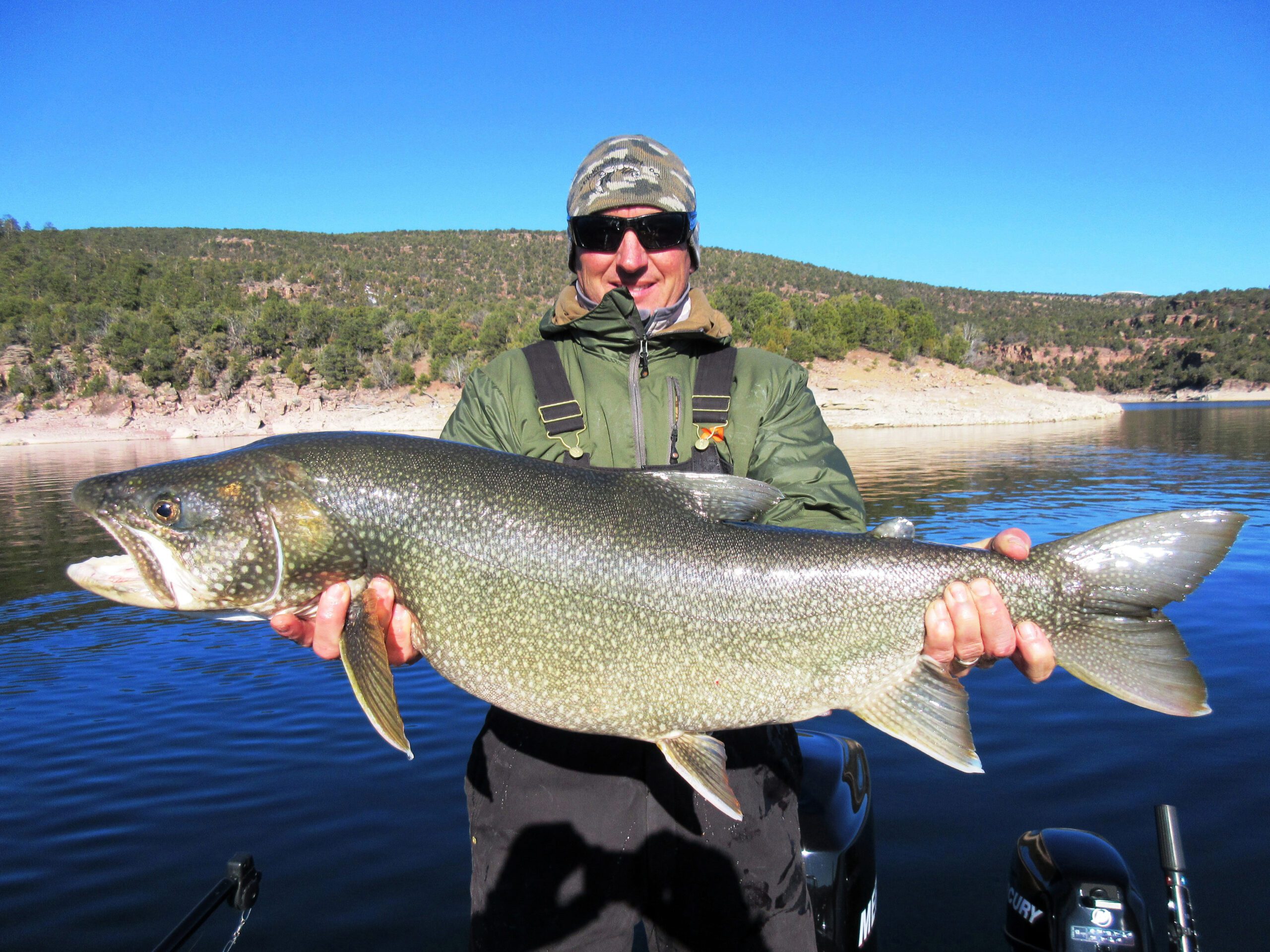
“The rewards incentivize harvest, but more importantly, when anglers report the catch of tagged fish — regardless of whether the fish has a reward assigned to it — it allows us to calculate the population estimate and the numbers of fish that are harvested by anglers,” Ryan Mosley, DWR Fisheries biologist, said. “At Flaming Gorge, we are trying to determine how many small lake trout we have and how many need to be removed to achieve healthier overall fish populations. In this instance, the reward tag data also lets us know whether our current fishing regulations and angler harvest will achieve that desired end goal of decreasing the population of smaller lake trout in the reservoir.”
With a majority of the lake frozen, ice anglers will have good conditions to reach the limit. When the waters warm, lake trout move toward the shallower areas along the shoreline, allowing for good opportunities to reach bag limits.
Provo River Delta connected to Utah Lake after significant restoration efforts
















